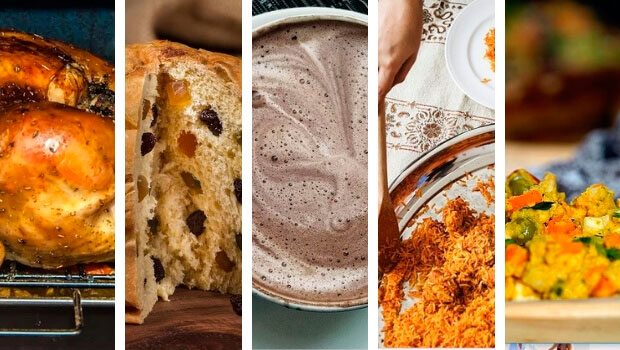
Traditional Christmas Dinner in Peru, And Other Peruvian Holiday Traditions
There’s no time of the year quite like the Christmas season. From a young age, we learn to experience the season and everything we associate with it. Far beyond pine trees and neatly wrapped gifts, Christmas has come to be defined also by an anthology of classic songs and movies, foods, drinks — everything all the way down to those car commercials where someone inexplicably finds a bow large enough to put on the new car in the driveway. But that’s just the Christmas I personally know; Christmas is celebrated in many parts of the world, but the nature of those celebrations varies greatly from place to place. Christmas in Peru, for example, has a lot of distinctive qualities, and a traditional Christmas dinner in Peru is one of them.
Traditional Christmas dinner in Peru
As in the United States, the centerpiece of a Christmas dinner in Peru isn’t completely universal the way, say, the centerpiece of an American Thanksgiving dinner is. However, there is still a “traditional” dinner, even if not every single household adheres to it: a Christmas turkey. It’s fitting, really, that a bird native to the Americas continues to play a central role in its traditions. Granted, some families prefer to do ham or lechón (roast pig) instead of turkey, or an entirely different main dish.
Just like with American Thanksgiving, there are countless ways to prepare a turkey, and no single way is considered the most traditional. Here’s a good recipe for a “pavo a la Peruana” (Peruvian-style turkey), which uses pisco and ají amarillo: Thanksgiving Turkey Recipe: Pisco Peruvian Style
Peruvian Christmas food prominently features many side dishes as well, including:
- Puré de manzana (applesauce or apple puree)
- Puré de camote (mashed sweet potatoes)
- Tamales
- Salads
- Rice with vegetables
Lastly — and most importantly — there are the desserts. The dessert after a Peruvian Christmas dinner is the most common and traditional part of the dinner: Peruvian panettone and hot chocolate. Panettone is a sweetbread that originates in Italy, but was popularized in Peru with the influx of Italian immigrants in the mid-1900s. It’s common for Peruvian families to enjoy Peruvian panettone and hot chocolate (often flavored with cinnamon and cloves) as midnight draws near on Christmas Eve — usually accompanied by a glass or two of champagne, for the adults.
You Might Also Like: Food tours and cooking classes in Peru
How does Peru celebrate Christmas? What other Peru traditions are there?
Like most Latin American and catholic countries, Peruvians celebrate Christmas on La Nochebuena (Christmas Eve). At midnight, everyone goes outside and watches as the December sky lights up with fireworks to celebrate Jesus’ birth. North Americans and Europeans might shiver at the thought of being outside a crisp, December night, but in Peru, December is summertime! So it goes without saying that Christmas trees, which are a part of the Peru traditions at Christmastime, are almost all fake. Friend and family gifts are also an integral part of Christmas in Peru, although it is considered to be less commercialized than Christmas in the United States.
Pesebres, or nativity scenes, are another key element of Peru’s Christmas tradition. It’s common not just to have nativity scenes in the house, but to find them in public at Christmas markets. Skilled artists will embellish their pesebres with different themes and colors, and in many markets, there is a competition to crown the most creative and beautiful nativity scene. Santuranticuy, the Christmas market abounding with nativity scenes at the Plaza de Armas in Cusco, has existed for centuries.
Finally, if you like fun facts about Christmas in Peru, try this on for size: In the early 1970s, Peru’s then-military government banned Santa Claus, claiming he was an instrument of capitalism and anti-Christianity. But Saint Nick made a quick comeback after the restoration of civilian government in 1980.
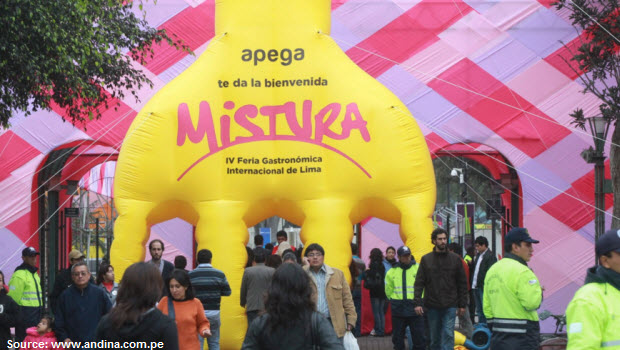 Peru prepares Mistura 2012 Food Fair for September
Peru prepares Mistura 2012 Food Fair for September 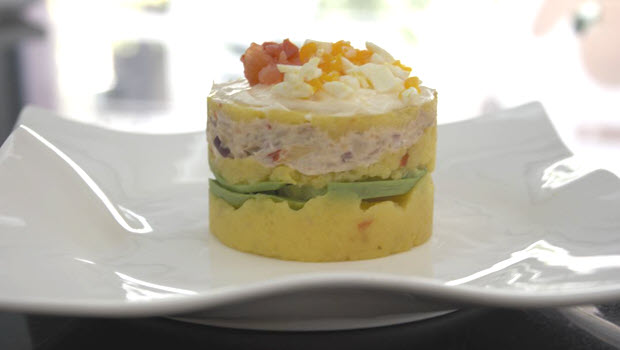 Authentic Causa Recipe: Quick and Easy Peruvian Food
Authentic Causa Recipe: Quick and Easy Peruvian Food 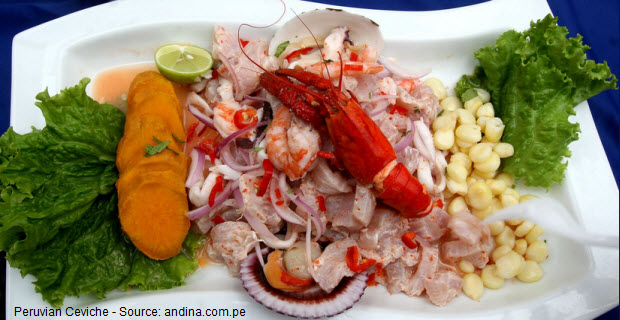 Ceviche
Ceviche 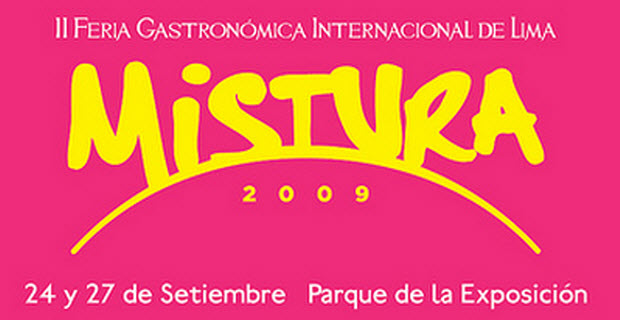 Mistura 2009 – Peruvian cuisine at its finest
Mistura 2009 – Peruvian cuisine at its finest 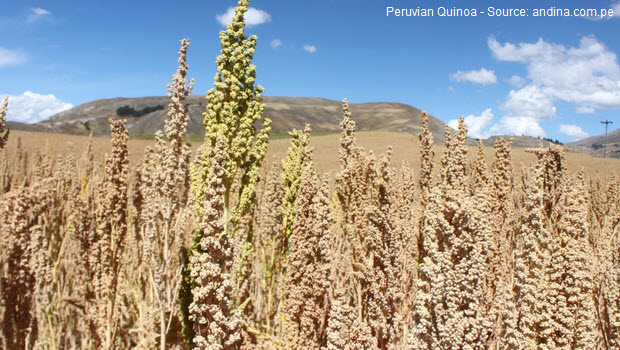 Quinoa is the best-known of the “Inca grains”
Quinoa is the best-known of the “Inca grains” 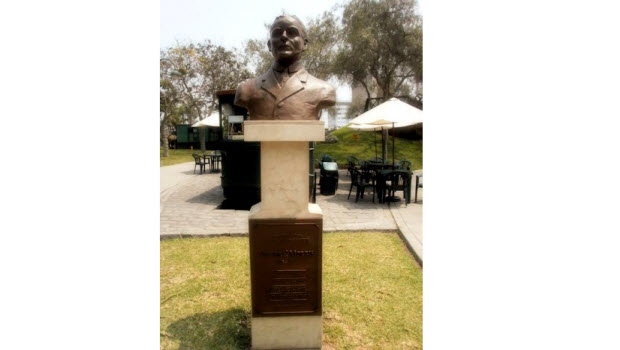 Pisco Sour History 101 Questioned
Pisco Sour History 101 Questioned 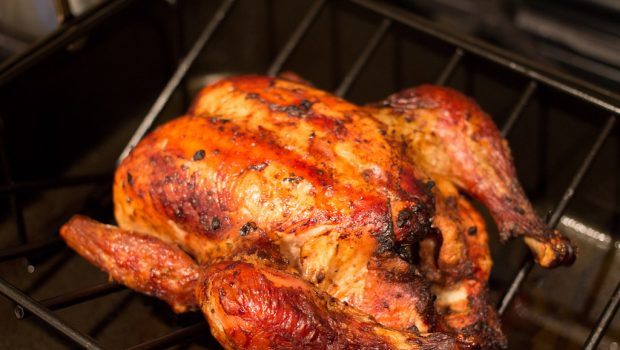 A Recipe for Happiness: Peruvian Rotisserie Chicken
A Recipe for Happiness: Peruvian Rotisserie Chicken 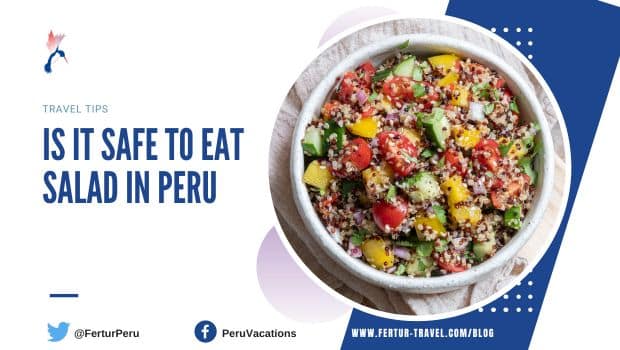 Is it safe to eat salad in Peru? Navigating food safety
Is it safe to eat salad in Peru? Navigating food safety